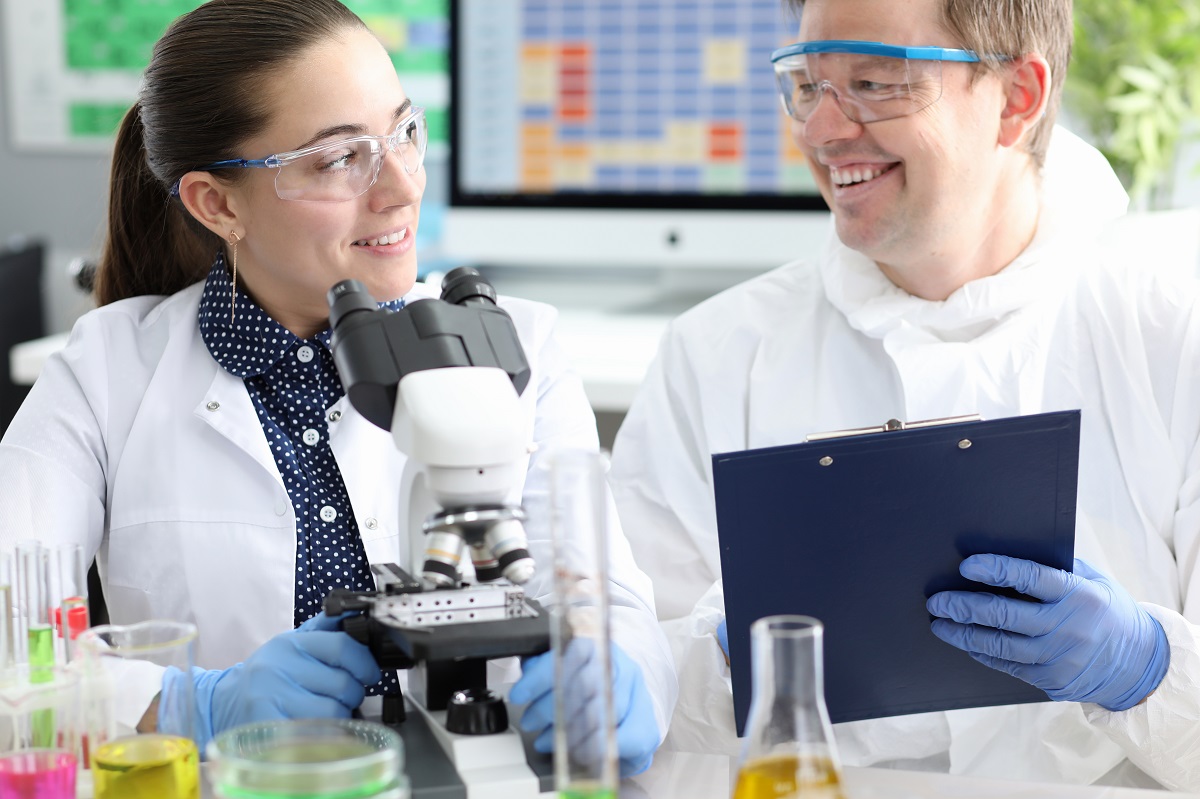What are some unconventional ways that stainless steel has improved human life?
- Stainless steel helps reduce carbon emissions
- The agricultural industry also benefits from the use of stainless steel
- Stainless steel is one of the best biomaterials
Stainless steel is an industrial material that has undoubtedly improved the life of mankind. It is often touted as a miracle metal and it doesn’t come as a surprise. Stainless steel certainly has some miraculous qualities: high durability, tensile strength, resistance to corrosion, recyclability, and more.
However, many people are not aware that the influence of stainless steel on man’s life reaches greater than what they can see. If you want to learn more, then continue reading because the benefits of stainless steel are far greater than what you might think.
Stainless steel helps reduce carbon emissions

In terms of unconventional ways stainless steel has improved man’s life, its contribution to the reduction of carbon emissions is one that has a widespread and profound effect. To understand how this came to be, you have to look at one of the biggest sources of carbon dioxide emissions: automobiles with a conventional combustion engine. You also have to consider one of the many solutions trying to address this problem in an innovative way: electric cars, specifically the fuel cell kind.
Fuel cell electric vehicles emit only water and heat with little to no tail-pipe pollutants i.e. ‘zero-emission vehicle’. Electricity is what serves as its source of power, and this electricity is generated in the fuel cell within the car. Plenty of fuel cells, usually 400 of them, are needed to generate enough energy and this would entail connecting them in a series. Tying it back to stainless steel, the miracle metal plays an important role in the production of fuel cell vehicles because it serves as the material of choice for the thin steel sheets that separate each fuel cell in a given stack or set-up.
While alternative materials like graphite exist, stainless steel is still preferred because it’s easier to mass-produce at a large scale and given its inherent qualities, it simply does a better job than these other alternatives with little to no downside or drawback.
The agricultural industry also benefits from the use of stainless steel
Going into more contributions that you wouldn’t expect stainless steel to make, the agriculture industry is also a heavy beneficiary. Modern agriculture is dependent on urea, an organic compound that is largely used as a fertilizer because it increases the yield of crop by three or fourfold. Urea is also the most common nitrogen fertilizer in the world.
As you can probably surmise stainless steel is another important component of the whole production process of urea. Without getting too technical, the process involves two reactions between ammonia and carbon dioxide. In between the two reactions an intermediate compound, ammonium carbamate, is produced. This compound is very corrosive and will rapidly break down any material it is exposed to if it doesn’t have the right properties. This is where stainless steel is once again put to good use.
Under normal circumstances, regular stainless steel is not corrosion-resistant enough to handle this kind of environment. Thanks to advancements in the production of stainless steel, new alloys were developed that can accommodate the high demands of the urea production process. This helped stabilize the production of urea and made it more consistent and accessible across the globe.
Simply put, stainless steel plays a crucial role in the global production of food. Going back to the previously stated observations wherein urea increases the agricultural yield of crops by a factor of 3 or 4, a rather jarring implication can be made: without urea, meeting the present global population’s demand for food would be impossible. Worldwide famine will likely ensue, and that is something that no one would want to experience.
Stainless steel is one of the best biomaterials

Finally, stainless steel is one of the most used biomaterials today in the field of medicine. If you aren’t too familiar with what that is, it is a material that has been specifically engineered to interact and, ideally, help the biological systems of organisms — whether diagnostically or therapeutically. As always, the combination of properties that stainless steel has allows for it to be biocompatible i.e. an ideal biomaterial, especially its resistance to corrosion and relative cost-effectiveness when compared to other metallic implant materials.
This ideal biocompatibility of stainless steel implants has been proven by successful human implantation for decades now and there is no reason to believe that it would change — unless it’s for the better. It would be more reasonable to expect that stainless steel will only continue to get better as a biomaterial.
Key Takeaway
As you’ve read above, stainless steel and the benefits that come with using it have truly helped mankind in many ways beyond the regular industrial production and construction that it is most associated with. Next time you have a plate full of food or getting a stainless steel implant that will make your life better, remember that stainless steel is the material that helps make it happen.